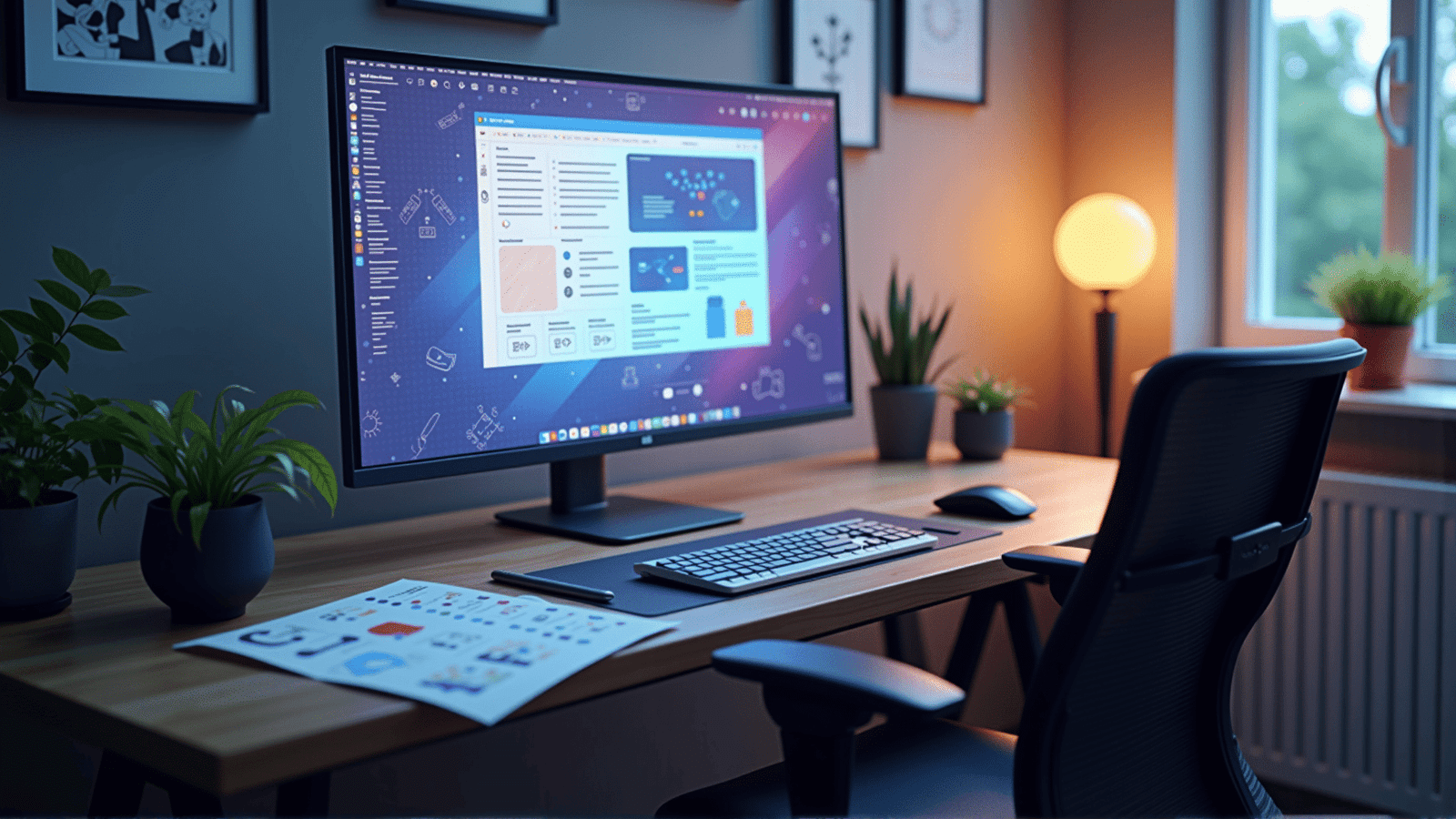The integration of Artificial Intelligence (AI) into web design is no longer a futuristic conjecture but a current reality that is transforming the industry. With technology evolving at an unprecedented pace, AI is becoming an indispensable tool for web designers around the globe. It offers solutions that enhance creativity, improve efficiency, and fundamentally change the way websites are conceptualized, designed, and maintained.
One of the most significant impacts of AI on web design is its ability to automate routine tasks. Traditionally, tasks like coding, creating wireframes, or testing website functionality required extensive manual effort and time. AI-powered tools can now automate these processes, allowing designers to focus more on creativity and innovation. For instance, AI-driven platforms offer features such as automated code generation and smart design prototypes, which can significantly cut down on development time without compromising on quality.
Moreover, AI tools are equipped with machine learning capabilities that can analyze user behavior and preferences, leading to more personalized web experiences. Websites can dynamically adapt content layout, design elements, and visual aesthetics based on real-time user interactions. This level of personalization not only enhances user engagement but also boosts conversion rates, as visitors are more likely to interact with a website that feels tailored to their individual needs.
Beyond efficiency, AI is proving to be a catalyst for creativity in web design. AI-driven design tools can inspire and assist designers by offering suggestions based on current design trends, color palettes, typography, and layout suggestions that align with a brand’s identity. They help designers overcome creative blocks by providing a starting point for brainstorming and ideation. These tools ensure that design concepts remain fresh, innovative, and in line with modern aesthetics.
The use of AI in web design also extends to accessibility, ensuring that websites are more inclusive. AI can optimize websites for various devices and screen sizes, and improve navigation for users with disabilities by automatically implementing accessibility guidelines. From alt text generation for images to voice navigation features, AI helps ensure websites are not only visually appealing but also user-friendly for everyone.
However, the impact of AI on web design is not without its challenges. The reliance on AI tools raises questions about the role of human creativity in design. While AI can automate technical tasks and provide data-driven insights, the human touch in understanding nuanced client needs, cultural contexts, and emotional storytelling remains irreplaceable. Additionally, ethical considerations, such as data privacy and algorithmic bias, need to be addressed to ensure that AI-enhanced web designs respect user rights and diversity.
In conclusion, AI is revolutionizing the field of web design by bridging the gap between functional efficiency and creative innovation. By automating repetitive tasks, personalizing user experiences, and enhancing creativity, AI tools empower designers to push the boundaries of what is possible in digital design. While the human element remains crucial, the synergy between AI and human creativity heralds a new era in web design where the end result is not just about aesthetics or function, but rather the culmination of technology and creativity working hand in hand to create engaging digital experiences.
